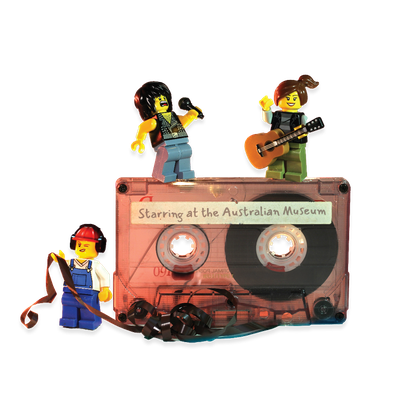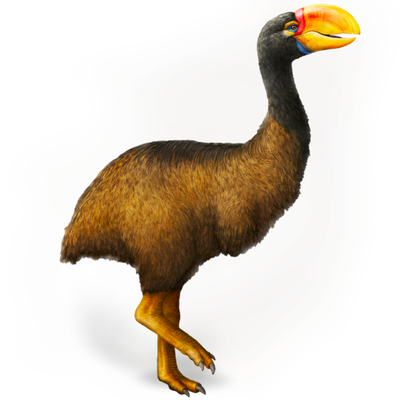Your search returned 46 results
By Page Type
By Tag
- All
- fish (966)
- blog (696)
- fishes of sydney harbour (401)
- First Nations (299)
- Blog (236)
- AMRI (169)
- archives (164)
- Eureka Prizes (146)
- Aboriginal and Torres Strait Islander (135)
- insect (126)
- Ichthyology (124)
- geoscience (109)
- minerals (102)
- climate change (100)
- podcast (94)
- Fish (91)
- Anthropology (89)
- International collections (80)
- Minerals Gallery (78)
- wildlife of sydney (78)
- Labridae (77)
- frog (74)
- gemstone (70)
- history (64)
- photography (64)
- Mollusca (60)
- gem (59)
- staff (59)
- Birds (56)
- Gems (56)
- Indonesia (56)
- education (56)
- shark (55)
- AMplify (54)
- people (53)
- earth sciences (50)
- past exhibitions (50)
- exhibition (49)
- Gobiidae (48)
- sustainability (46)
- Pomacentridae (45)
- Serranidae (44)
- lifelong learning (42)
- science (42)
- Earth and Environmental Science (41)
- Syngnathidae (41)
- Ancient Egypt (40)
- Bali (40)
- bird (40)
- dangerous australians (40)
-
Striated Heron
https://australian.museum/learn/animals/birds/striated-heron/The Striated Heron is a small, squat water bird with short legs, a black crown and a small, drooping crest.
-
Striated Thornbill
https://australian.museum/learn/animals/birds/striated-thornbill/The Striated Thornbill is a medium-sized thornbill with greenish upperparts, an orange-brown cap, streaked distinctively with white and off-white to cream underparts, heavily streaked on chin, throat and breast.
-
Tasmanian Thornbill
https://australian.museum/learn/animals/birds/tasmanian-thornbill/Reverend Thomas J. Ewing (d.1876) for whom this bird is named was the headmaster of the Queen's Orphan Schools, Tasmania. John Gould (who first described the bird) stayed with Rev. Ewing during his visit to Tasmania in 1838-39.
-
How the urban bird gets the worm
https://australian.museum/learn/news/blog/how-the-urban-bird-gets-the-worm/Despite their proven predilection for carbohydrates, when the weather changes so does the diet of inner-city ibis.
-
The quest for the Dwarf-Kingfisher
https://australian.museum/learn/news/blog/the-quest-for-the-dwarf-kingfisher/If a kingfisher is caught in a net, does it reside in the forest?
-
Facebook for birds
https://australian.museum/learn/news/blog/facebook-for-birds/The Cockatoo Wingtag project is shining a light on the extensive social networks and daily routines of 100 of Sydney's tagged birds.
-
Wildlife Airstrikes: An unusual exception to the rule
https://australian.museum/learn/news/blog/wildlife-airstrikes-an-unusual-exception-to-the-rule/The story of one little birds encounter with a helicopter and its legacy of helping humans to avoid such encounters in the future.
-
World’s oldest fossil of the magpie family discovered in Queensland
https://australian.museum/learn/news/blog/amri-worlds-oldest-fossil-of-the-magpie-family-discovered-in-north-western-queensland/A new genus and species of a songbird related to magpies and currawongs sheds light on the evolution of these birds in Australia.
-
Ornithology
https://australian.museum/learn/collections/natural-science/ornithology/Ornithology is the branch of zoology devoted to studying birds. Around 10,000 species of bird inhabit the world, ranging from tiny hummingbirds up to huge ostriches. The Australian Museum's Ornithology Collection contains a wide cross-section of these fascinating animals.
-
Scaly-breasted Lorikeet
https://australian.museum/learn/animals/birds/scaly-breasted-lorikeet/The Scaly-breasted Lorikeet is the only lorikeet with an all-green head combined with a red beak.
-
Discover more
2025 Australian Geographic Nature Photographer of the Year
Special exhibition
Free entry
Now open -
Discover more
Unfinished Business
Special exhibition
Free entry
Now open -
Find out more
Surviving Australia
Permanent exhibition
Free entry
Now open![]()
-
Find out more
Burra
Permanent kids learning space
Free entry
10am - 4.30pm![]()
-
Discover more
Minerals
Permanent exhibition
Free entry
Open daily![]()





